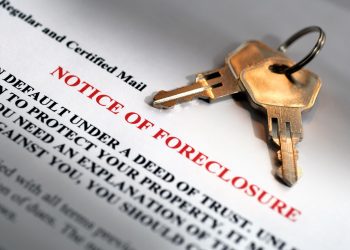Since Covid permanently rearranged the work and shopping lives of millions of Americans, the idea of adaptive reuse of commercial buildings is becoming a possible win-win solution to the severe current shortage of housing. Converting some of those underused office, store and warehouse buildings into residences is an ideal example of an elegant solution. Bolstering the flagging commercial real estate market while creating more places to live are just two of the plusses—creating jobs and generating new sources of tax revenue are two of many additional benefits to a successful conversion.
So, why aren’t we seeing commercial-to-residential conversions in towns and cities?
The answer is complex, with the obstacles including entanglements connected with permitting, toxic contamination and code conformity. All of these can make it more difficult to successfully adapt a building than to simply start fresh with a vacant lot. The underlying issue is the basic fact that conversions are risky and expensive.
This fact, combined with the numerous social and economic benefits of conversions for the broader community, justifies proactive government policies providing the impetus for owners to adapt existing commercial properties to new uses.
One idea gaining ground is to provide a 20% tax credit for property conversion expenditures. The credit is modeled on the current-law historic property rehabilitation tax credit and can be used for buildings at least 25 years old at the time of the conversion.
The National Association of REALTORS®, along with a dozen other real estate-related trade groups, recently formed a coalition to encourage the introduction of bipartisan legislation to provide the credit.
The coalition has developed a comprehensive “wish list” of features to include in the legislation, including several that are designed to broaden the impact, effectiveness and appeal of the legislation:
- Properties eligible for the credit include office and industrial buildings, shopping centers and hotels. This could vastly enlarge the potential of the incentive.
- Extend the incentive to real estate investment trusts (REITs), which own nearly 15% of all commercial real estate.
- Provide a bonus credit for properties located in low-income areas. This recognizes that conversion projects in economically distressed regions entail additional financial risks.
- Further promote the conversion of properties into affordable housing by enabling states to use tax-exempt bonds to reduce financing costs.
A robust tax credit to encourage the conversion of underutilized commercial buildings could propel a new wave of investment. In turn, that could spur job and affordable housing growth.
For more information, visit https://www.nar.realtor/.












